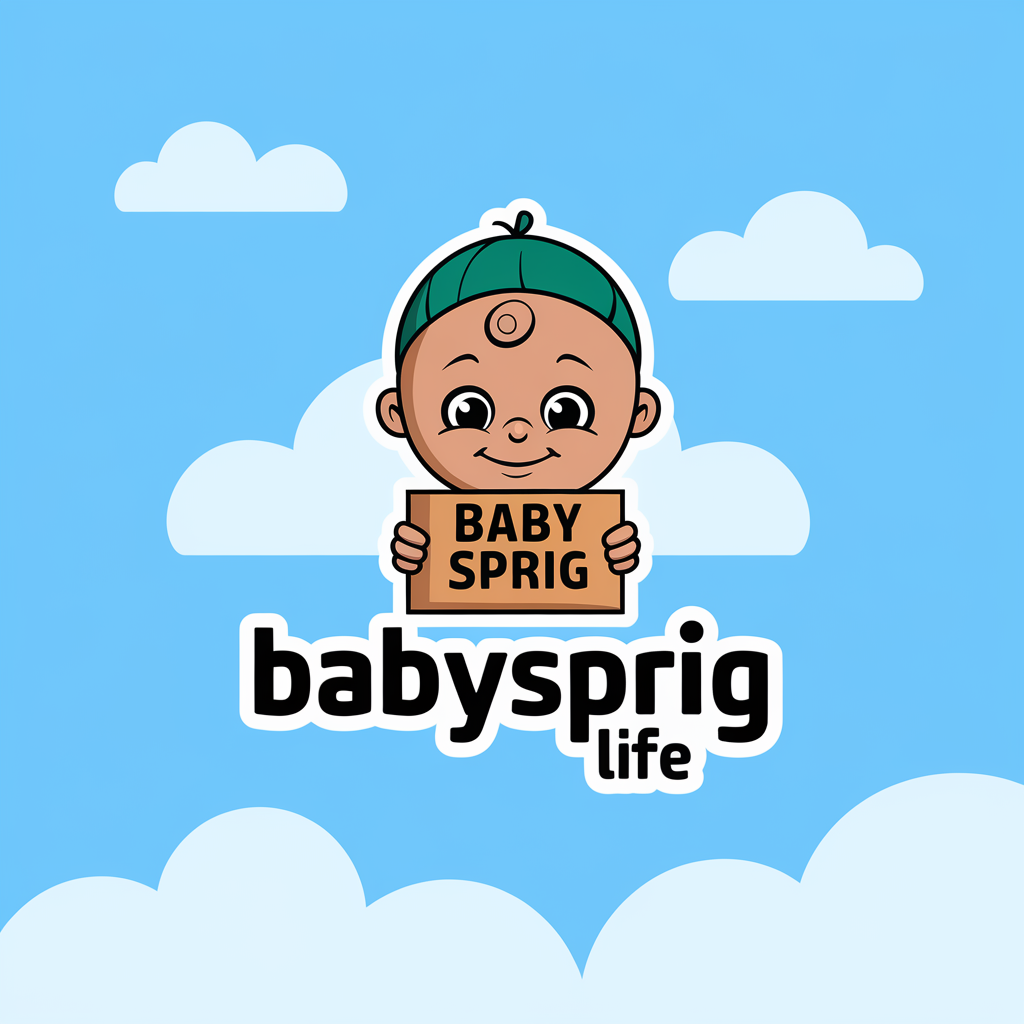Work-Life Balance- The Secret Weapon for Happier Families!
Achieving work-life balance isn’t just a nice-to-have; it’s your secret weapon for happier families. By managing your time effectively, you create space for both work achievements and cherished family moments. Setting boundaries with your employer protects your valuable home time, while prioritizing tasks keeps you focused. You’ll find that being present during family activities fosters deeper connections and emotional support. Plus, open communication builds trust among family members. As life changes, regularly reassessing your balance is key. To learn how to implement these strategies further, keep exploring!
Understanding Work-Life Balance
Understanding work-life balance is crucial for maintaining a happy family life. It’s all about finding that sweet spot between your professional responsibilities and personal time. When you learn to manage your time effectively, you create space for both work accomplishments and family moments. Start by identifying your priorities. What matters most to you? Is it attending your child’s soccer game or finishing a project at work? Recognizing these priorities will help you make informed choices.
Next, set boundaries. Communicate with your employer about your availability and stick to those limits. This way, you can avoid the stress of work spilling into your family time. Make sure you schedule downtime, too. Whether it’s a family movie night or a quiet moment to recharge, these small rituals contribute significantly to your overall well-being.
Don’t forget to regularly evaluate your work-life balance. Life changes, and so do your needs. Take time to reflect and adjust as necessary. By actively managing your commitments, you’ll cultivate a healthier environment for both yourself and your family. Remember, balance isn’t a one-time achievement; it’s an ongoing process that requires attention and care.
Benefits for Family Happiness
When you achieve a healthy work-life balance, your family happiness can soar. You’ll find that spending quality time with your loved ones becomes a priority, allowing deeper connections to form. This dedicated time fosters stronger relationships, creating an environment where everyone feels valued and understood.
With a balanced routine, you’ll have the mental space to engage more meaningfully. You’ll be present during family meals, activities, or simply relaxing together, enhancing those cherished moments. Such connections lead to increased emotional support, which is essential for overall well-being.
Moreover, when you’re not overwhelmed by work, you can model positive behaviors for your kids. They’ll learn the importance of balance, resilience, and self-care, ultimately shaping their approach to life. This creates a ripple effect, promoting a culture of happiness and fulfillment within your family.
Finally, achieving this balance reduces stress, which often translates into a more peaceful home. You’ll notice fewer conflicts and more laughter, turning your household into a nurturing space. This harmonious atmosphere can profoundly impact your family’s overall happiness and quality of life. Embracing work-life balance really is the secret weapon for happier families!
Identifying Common Challenges
Achieving a work-life balance is rewarding, but it often comes with its own set of challenges. You might find yourself juggling multiple responsibilities, which can feel overwhelming at times. Recognizing these common challenges is the first step toward finding solutions that work for your family.
Here are some obstacles you may encounter:
- Time management: Finding enough hours in the day to meet work deadlines while attending to family needs can be tricky.
- Guilt: You may experience guilt for not spending enough time with your family or for missing work commitments.
- Communication issues: Lack of clear communication between family members and work can lead to misunderstandings and unmet expectations.
- Burnout: Trying to do it all may lead to exhaustion, making it hard to stay present and engaged at home or at work.
Practical Tips for Parents
Balancing work and family life can feel like a juggling act, but with the right strategies, you can create a more harmonious environment. Start by setting clear boundaries between work and home. Designate specific times for work tasks and stick to them, so you’re fully present when it’s family time.
Next, prioritize your tasks. Use a planner or digital app to organize your day. Identify what needs your immediate attention and what can wait. This helps you stay focused and reduces stress.
Don’t forget to communicate with your partner and children. Share your schedule with them, so everyone knows when you’ll be available. This transparency can help manage expectations and reduce frustration.
Incorporate small breaks throughout your workday to recharge. Even a five-minute walk or a quick chat with your kids can provide a refreshing reset.
Lastly, remember to ask for help when needed. Whether it’s sharing household responsibilities or seeking support from friends, you don’t have to do it all alone. These practical tips can lead to a more balanced life, making it easier for you and your family to thrive together.
Creating Quality Family Time
Regularly setting aside time for family activities can significantly enhance your connections and create lasting memories. You don’t have to plan extravagant outings; even small, intentional moments can make a big difference. The key is consistency and engagement. Prioritize family time in your schedule, so everyone knows it’s important.
Here are some ideas to create quality family time:
- Game Nights: Choose board games or video games everyone enjoys. It’ll spark laughter and friendly competition.
- Outdoor Adventures: Go for hikes, bike rides, or picnics at the park. Nature’s a great backdrop for bonding.
- Cooking Together: Prepare meals as a family. It’s a fun way to teach kids new skills while enjoying delicious food.
- Movie Marathons: Pick a theme or series and snuggle up with popcorn. Shared stories can ignite conversations and strengthen bonds.
When you invest time in these activities, you’re not just having fun; you’re building a supportive family dynamic. Make family time a priority, and watch your relationships flourish. Remember, it’s about quality, not quantity, so focus on being present.
Encouraging Open Communication
Opening up lines of communication in your family can transform relationships and foster a sense of trust. When everyone feels heard, it creates a safe space for open dialogue. Start by encouraging your family members to express their feelings and thoughts without fear of judgment. Make it a habit to check in regularly, asking about their day or any concerns they might have.
It’s essential to actively listen when they speak. Show genuine interest and validate their feelings. This way, they’ll know that their opinions matter. Set aside time for family meetings where everyone can share their thoughts and ideas, promoting a culture of openness.
Additionally, lead by example—share your own feelings and experiences. This vulnerability can break down barriers and inspire others to do the same. Remember, communication isn’t just about talking; it’s also about understanding and responding empathetically.
When you prioritize open communication, you not only strengthen family bonds but also teach valuable skills that benefit each member in their personal and professional lives. Embrace this practice, and watch your family thrive in a supportive and loving environment.
Frequently Asked Questions
How Does Work-Life Balance Affect Children’s Development?
Balancing work and personal life positively impacts your children’s development. When you’re present and engaged, they feel secure and supported. This nurturing environment fosters emotional growth, social skills, and overall well-being, setting them up for success.
Can Work-Life Balance Improve My Relationship With My Partner?
Yes, work-life balance can definitely improve your relationship with your partner. By prioritizing quality time together and reducing stress, you both can communicate better, strengthen your bond, and enjoy a more fulfilling partnership.
What Role Does Technology Play in Achieving Work-Life Balance?
Technology can enhance your work-life balance by enabling remote work, setting boundaries with apps, and improving communication. It helps you organize tasks, prioritize time, and stay connected with loved ones, making life more manageable.
How Can Employers Support Work-Life Balance for Their Employees?
Employers can support work-life balance by offering flexible schedules, remote work options, and mental health resources. Encouraging open communication about workload and promoting a culture that values personal time makes a significant difference for you.
What Are the Signs of Poor Work-Life Balance in a Family?
You might notice signs of poor work-life balance in your family when communication breaks down, stress levels rise, and quality time together decreases. Everyone feels overwhelmed, leading to conflicts and decreased overall happiness in your home.





